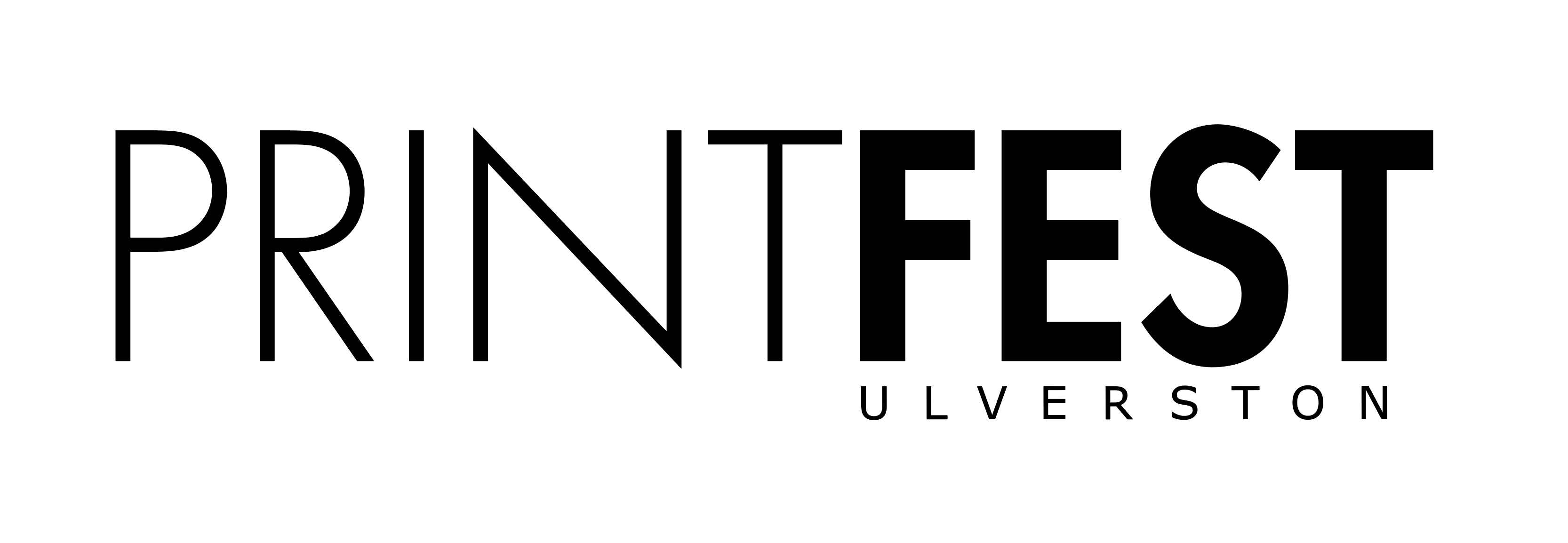Timeline of the hand made print
618-906, during the T’ang Dynasty, one of the many notable innovations included the development of woodblock printing, a technique that uses ink on blocks to print images, text and patterns. In 868, the Diamond Sutra was printed, making it the first full-length book complete with illustrations and text.
1430-1580, fine art printing becomes established during the German Renaissance, during the early period of the Northern Renaissance. Its leading exponents were the Old Masters Albrecht Durer (1471-1528), Martin Schongauer (1448-91), Rembrandt (1606-69) and Goya (1746-1828). Technical and artistic developments which paved the way for new types of fine print, included the following: the invention of the screw printing press in 1450, by the German Johann Gutenberg, along with an oil-based ink, metal prism matrices, punch-stamped typeface moulds and a functional metal alloy to mould the type. Astonishingly, only minor improvements were made to Gutenberg’s press design until about 1800.
1799, the invention of lithography (using a matrix of fine-grained limestone) by the Austrian printer Alois Senefelder.
1803, the invention of machine made paper (made from linen and cotton rags) by the Frenchman Nicholas Louis Robert.
1800s, the replacement of Gutenberg’s wooden screw press with an iron framed lever press, by Lord Stanhope, and the appearance of Frederich Koenig’s steam printing machine.
1840, the invention of the revolving perfecting press by American Richard March Hoe, (followed in 1846 by the first rotary press) and the manufacture of paper from wood pulp.
1859, the invention of photo-lithography by the French lithographer, Firmin Gillot, followed in 1872 by his son’s invention of zincography, combining photography with etching.
1860s, Belle Epoque Poster Lithographs, the appearance of large numbers of Japanese prints in Europe attracted many famous painters of the Impressionism and Post-Impressionism movements into lithography, including Edgar Degas, Toulouse-Lautrec, Paul Gauguin, Félix Vallotton and the American artist Mary Cassatt. Then, after Jules Cheret (1836-1932) invented his “three stone chromolithographic process”, poster art suddenly became high fashion, especially in 1866, making low-cost colour posters a reality. Japonism and the arrival of colourful Japanese Ukiyo-e woodblock prints, plus the emergence of the Czech lithographer Alphonse Mucha (1860-1939) gave a huge boost to Belle Epoque Art Nouveau chromolithography, as the functionalist designer Leonetto Cappiello (1875-1942) did for poster art in the years 1903-23.
1880, The Royal Society of Painter-Printmakers was originally known as the Society of Painter-Etchers and was founded by Francis Seymour Haden in 1880 in reaction to the Royal Academy of Arts’ reluctance to exhibit etchings and engravings. They received a Royal Charter from Queen Victoria in 1888 and became the Royal Society of Painter-Etchers. They changed their name in 1991 to embrace a broader range of printmaking practices, retaining the abbreviation RE to this day as both an identity and the qualifying letters that follow an elected member’s name. Past members include: Graham Sutherland, Stanley William Hayter, Edward Bawden, Julian Trevelyan and Michael Rothenstein.
1905, Twentieth Century Printmakers, Pablo Picasso created his first prints – a series of 15 drypoints and etchings. More graphic works were produced in the early 1930’s. But it was in the years after World War II that most of Picasso’s prints were created. He was the supreme exponent of contemporary graphic art. He produced over 1,000 prints, including etchings, engravings, drypoints, woodcuts, lithographs and linoleum cuts. Georges Braque produced numerous Cubist etchings, while Henri Matisse created a large number of lithographs as well as several outstanding line etchings and cutout prints. The French Expressionist Georges Rouault was noted for his Miserere et Guerre set of etchings. Marc Chagall produced a significant body of graphic art including illustrations of the Bible. The witty colour etchings of Joan Miro, as well as the collage prints of Max Ernst were also highly influential. In Britain, Henry Moore, and Graham Sutherland, as well as David Hockney, produced a wide range of printworks, while in the United States many members of the Pop-Art movement became active in printmaking. Examples of the latter, together with their specialities, are: Andy Warhol (screenprints), George Wesley Bellows (lithography), Edward Hopper, John Sloan and Reginald Marsh (etchings), Milton Avery (drypoint), Stuart Davis (colour lithography) and Ben Shahn, a particularly prolific printmaker who excelled in almost all print media.
Irish Printmakers, the 18th century artist James Malton (c.1760-1803) was the first great printmaker in Ireland, noted for his aquatint engravings of Dublin views. Other exponents of printmaking and graphic art in Ireland include: Patrick Hickey (1927-98) (etching/lithographical art), the Popartist Robert Ballagh (b.1943), and the etcher Hector McDonnell (b.1947), to name but three.
1988, Gallery Zilla Bell opened in Yorkshire, and in 2013 began exhibiting prints by Royal Academicians, in particular Norman Ackroyd. Source; Zilla Bell
2001, Printfest was set up by two printmakers; Judy Evans and Ronkey Bullard supported by the original chair Chris Benefield. Printfest is an annual celebration of the work of artist printmakers. It takes the form of an annual selling exhibition open to the public. It aims; to foster the exchange of technical knowledge across the range of printmaking techniques; to actively promote with a Northern bias; to create and sustain a significant Cumbrian visitor attraction and to provide support for local artist printmakers. Key printmakers who have exhibited at Printfest include: Elizabeth Blackadder, Angie Lewin, Hamanishi Katsunori, Angela Harding, Anja Percival, Trevor Price, Gill Tyson, Kelly Stewart, Katherine Jones, Jason Hicklin, Gail Brodholt, Sadie Tierney, Anita Klein and Hilary Paynter MBE. There have been over 300 printmakers from around the UK and beyond who have taken part over the years.








